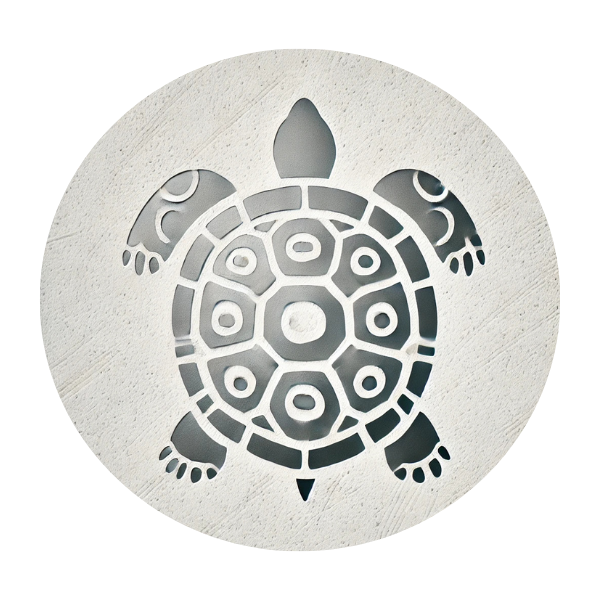RESILIENCE
I rise stronger from challenges, embracing my resilience with pride.
WHAT IS RESILIENCE?
The capacity to recover quickly from difficulties or adapt well in the face of adversity, trauma, or stress.
Synonyms: Hardiness, Robustness.
Antonym: Fragility
“The oak fought the wind and was broken,
the willow bent when it must and survived.”
Robert Jordan
HOW TO RECOGNIZE RESILIENCE IN OTHERS
AND ONESELF
HOW TO RECOGNIZE
IN OTHERS
Body Language
Upright and steady posture,
controlled movements
Facial Expressions
Determined expression, focused gaze,
relaxed jaw
HOW TO RECOGNIZE
IN ONESELF
In the Body
Calm steadiness in the body,
even when under stress
In the Mind
Thoughts of perseverance,
focus on overcoming challenges
HOW TO RECOGNIZE RESILIENCE IN OTHERS
AND ONESELF
HOW TO RECOGNIZE
IN OTHERS
HOW TO RECOGNIZE
IN ONESELF
Body Language
Upright and steady posture,
controlled movements
In the Body
Calm steadiness in the body,
even when under stress
Facial Expressions
Determined expression, focused gaze,
relaxed jaw
In the Mind
Thoughts of perseverance,
focus on overcoming challenges
What is a difficult experience that made me stronger,
and what did I learn from it?
TIPS AND TRICKS ON HOW TO DEAL WITH THIS
EMOTION

Practice Tree Pose (Vrikshasana) to symbolize balance and resilience in the face of challenges.

Visualize yourself overcoming a difficult situation, focusing on the steps you took and your inner strength.

Write about a time you bounced back from adversity, highlighting the qualities that helped you.

Connect with supportive people to share experiences and draw strength from their encouragement.

Splash your face with cold water or take a brief cold shower to stimulate your nervous system and build mental toughness.

Reframe a setback by identifying lessons or opportunities hidden within the challenge.
CURIOUS FACTS ABOUT RESILIENCE
ANIMALS ASSOCIATED WITH RESILIENCE
Different animals are associated with different emotions in different cultures. Flip the coins to found out more:




